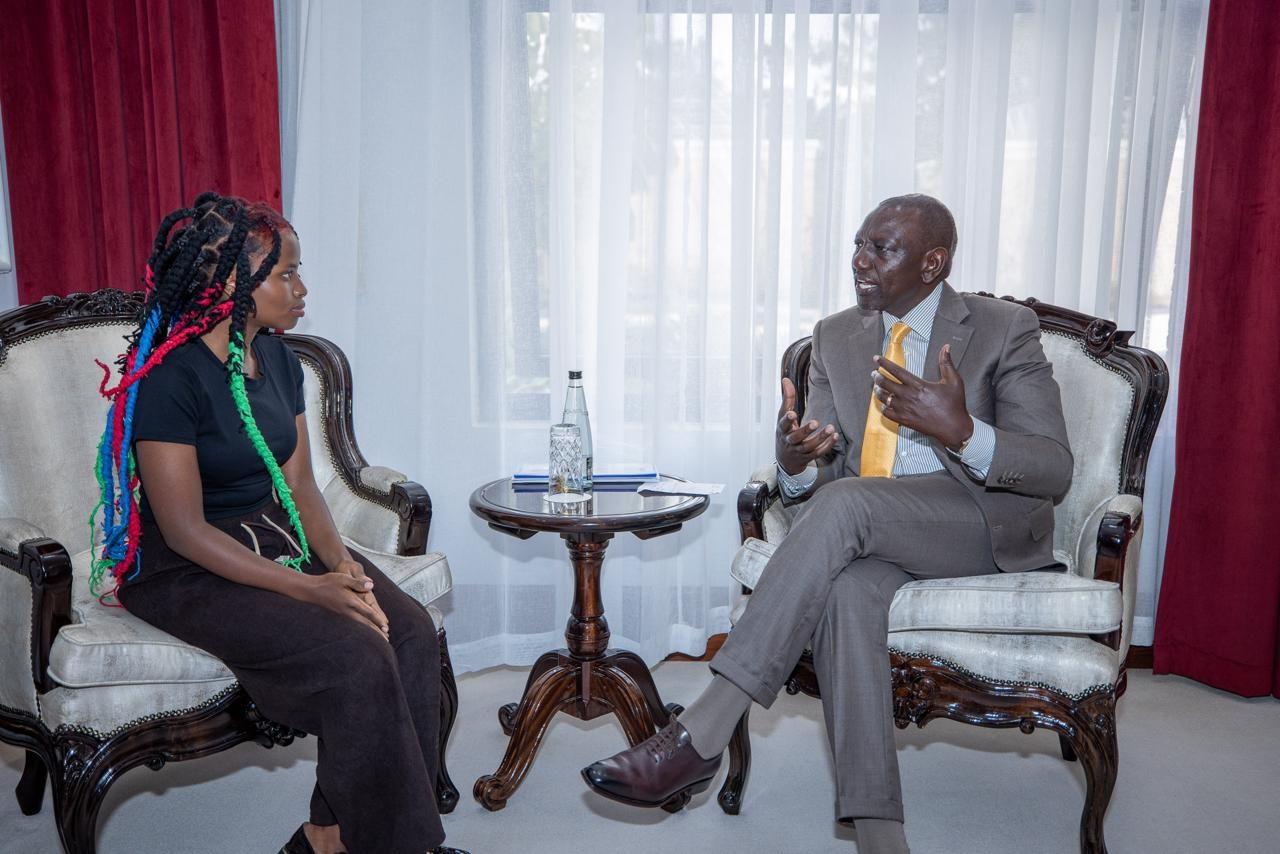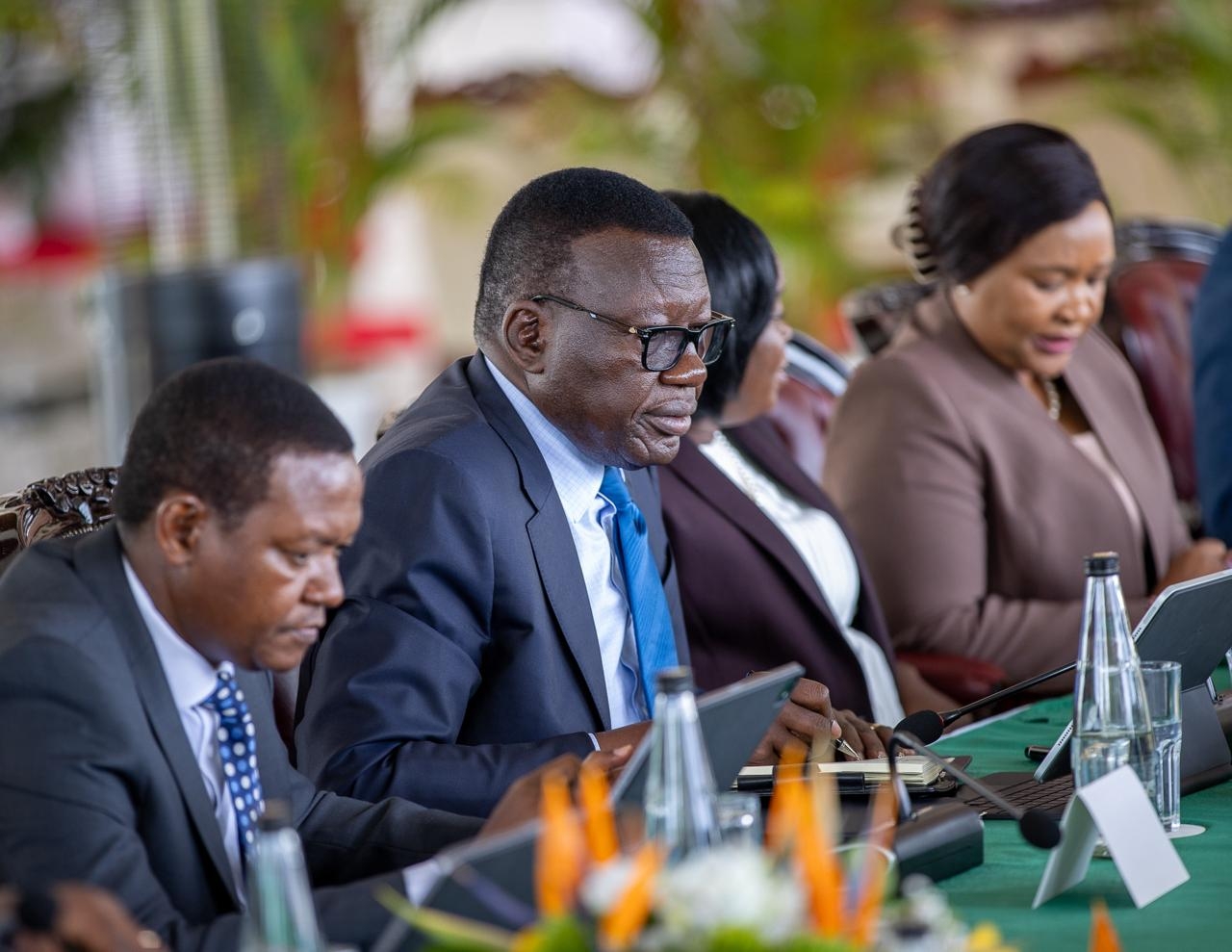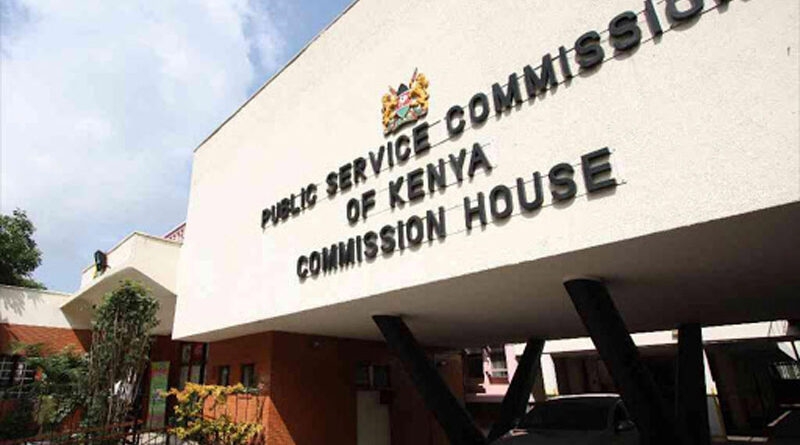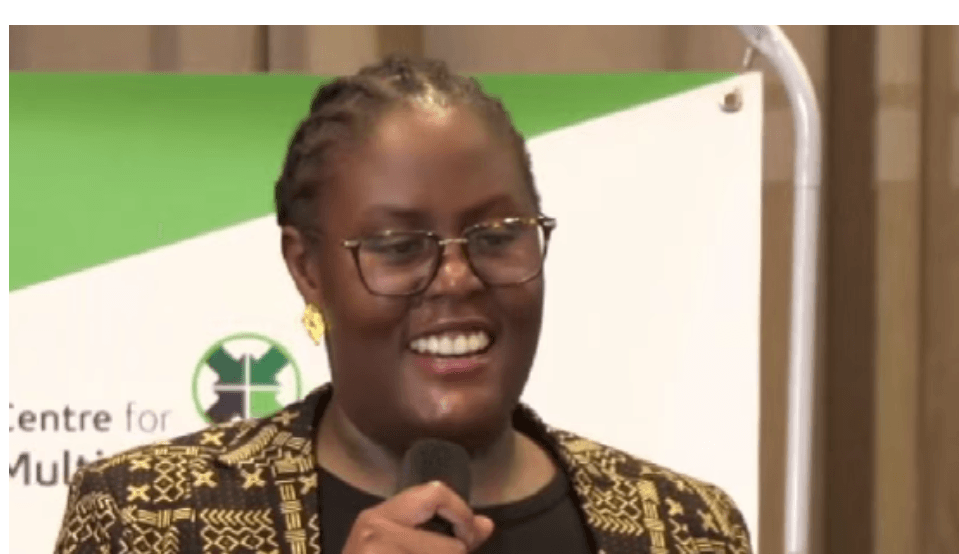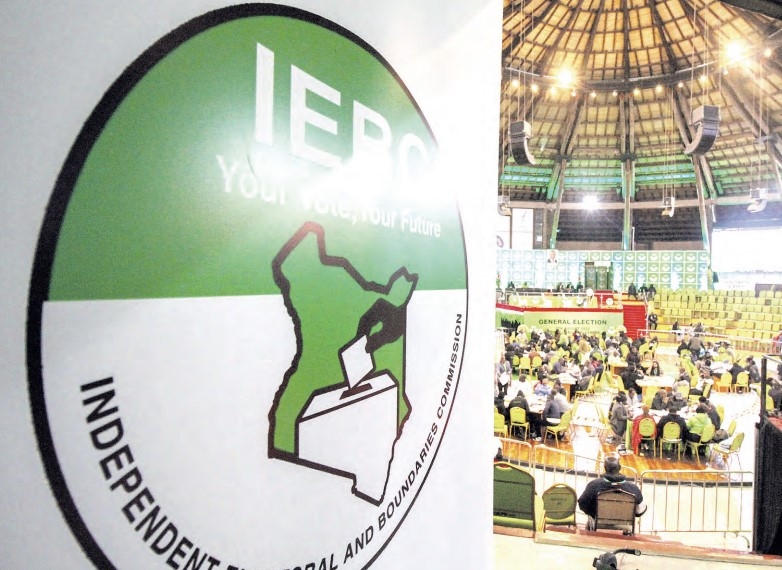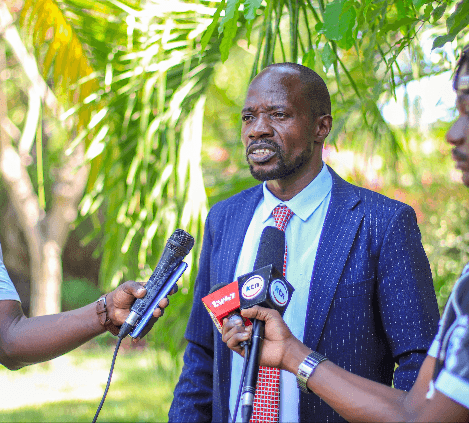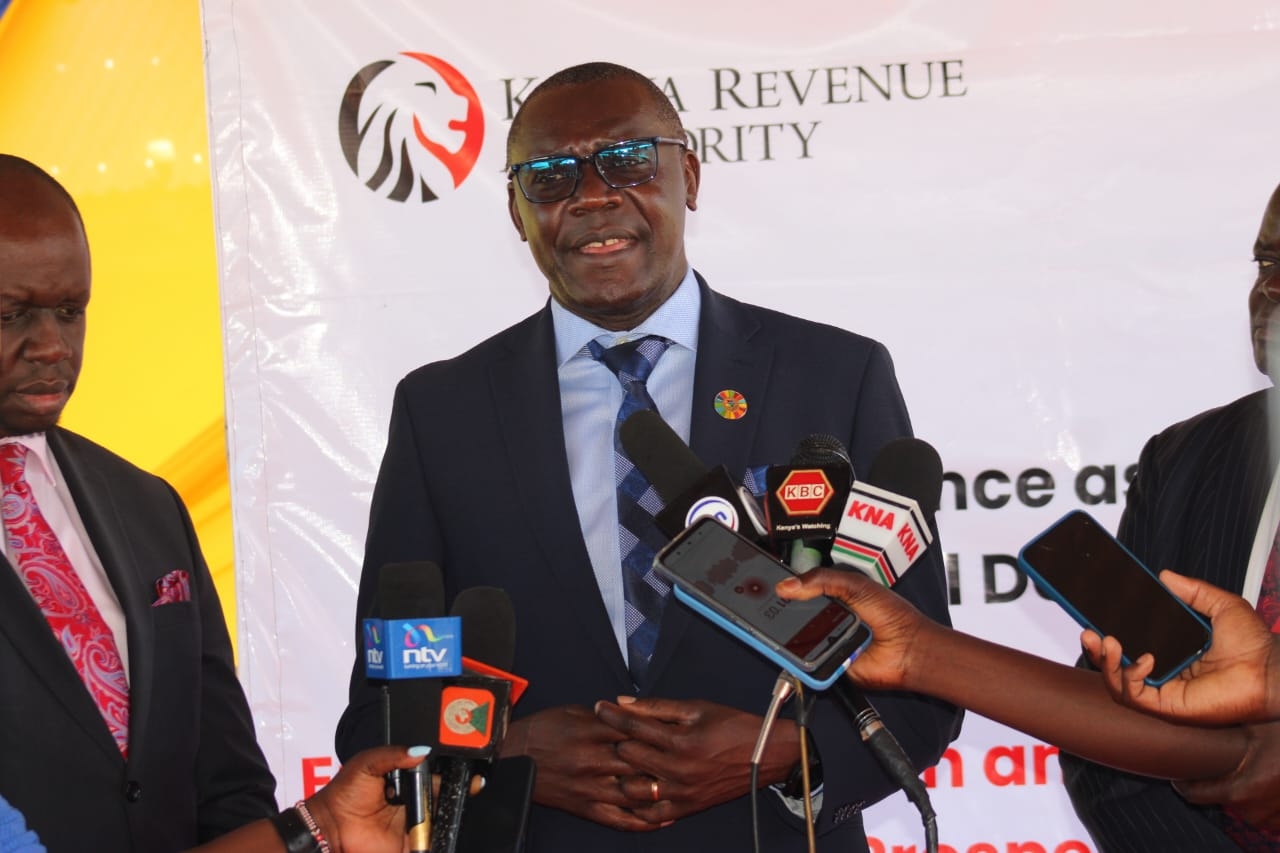
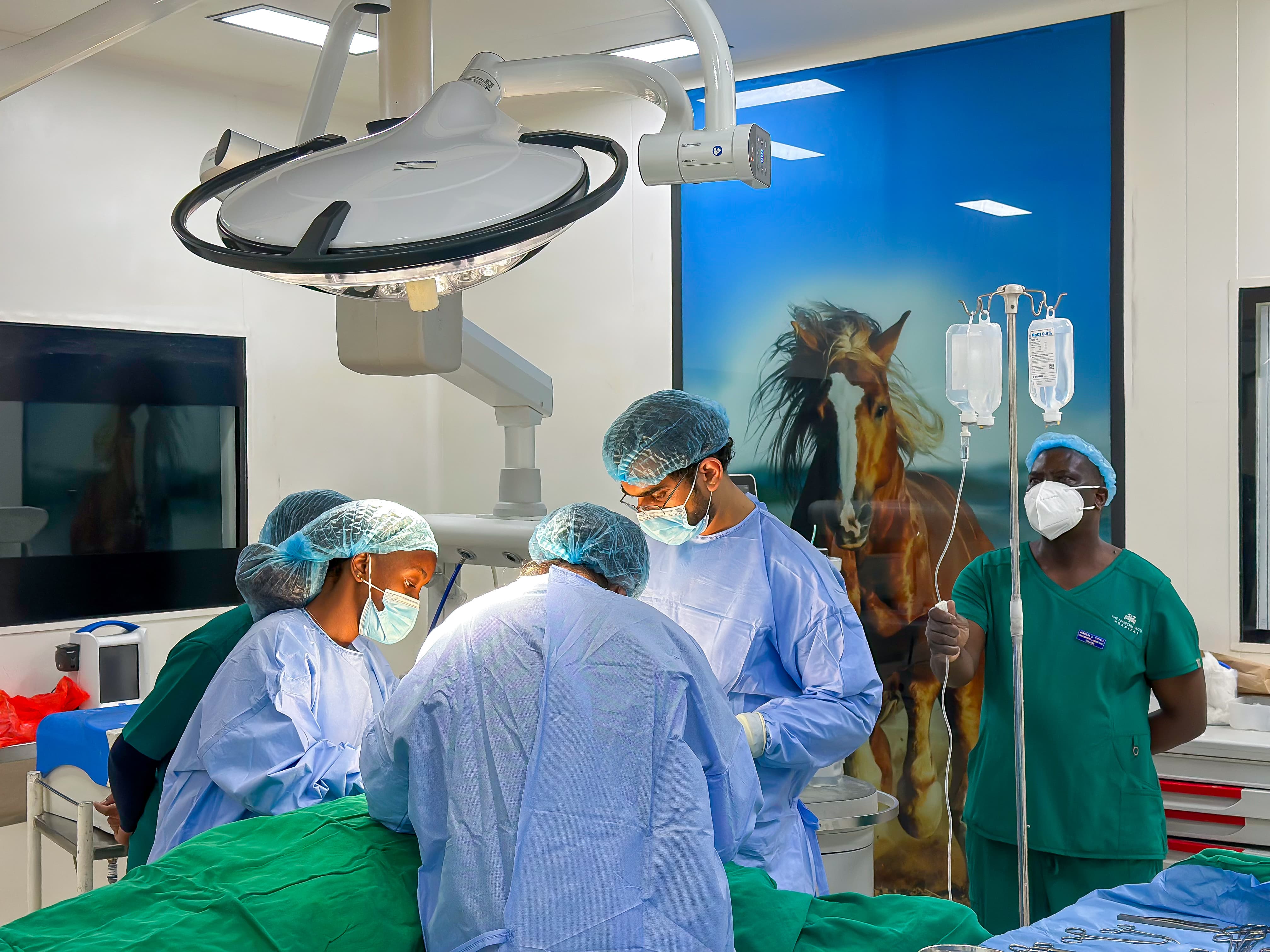 A breast oncoplastic surgery procedure at The Nairobi West Hospital/HANDOUT
A breast oncoplastic surgery procedure at The Nairobi West Hospital/HANDOUT
In Kenya, breast cancer remains the most common malignancy among women. According to the National Cancer Registry (NaCaRe-KE), breast cancer accounts for more than 15 per cent of all cancers, with nearly 6,800 new cases recorded in 2020 alone.
Yet over two-thirds of these are detected in advanced stages, when treatment becomes both more complex and emotionally taxing.
Beyond the disease itself, the scars of breast cancer often run deeper than skin; touching self-esteem, body image and a woman’s sense of identity.
It is within this landscape that oncoplastic breast surgery has become a quiet revolution.
Dr Iram Shabir, an oncoplastic breast surgeon at The Nairobi West Hospital, explains that the approach blends cancer removal with plastic surgery techniques to preserve or restore the natural shape of the breast.
“We aim to ensure that women no longer have to choose between effective cancer treatment and maintaining their body image,” she says.
This dual focus has transformed recovery, allowing women to heal not only physically but emotionally, reclaiming confidence and femininity in the process.
The fear of mastectomy, once overwhelming, has eased with modern reconstruction options. Skin-sparing and nipple-sparing procedures, often followed by immediate reconstruction, deliver natural results that help women feel whole again.
When patients are well-informed and included in their care decisions, they approach surgery with courage rather than despair.
Still, Dr Shabir reminds us that the fear is not only of losing a breast but of losing identity; hence, emotional and psychological support must be integral to treatment.
Misconceptions remain widespread. Many believe reconstruction fully restores the breast to its original state, yet while surgeons strive for natural appearance, sensation seldom returns completely.
Others assume reconstruction is purely cosmetic, when in reality it is a vital step in emotional healing.
Some think it must be done immediately, though delayed reconstruction can be equally successful and sometimes more appropriate depending on a patient’s treatment plan.
For surgeons like Dr Shabir, balancing cancer clearance and aesthetics is both science and art.
Cancer removal always comes first; only after securing clear margins does reconstruction begin; using reshaping, volume replacement or reduction techniques, sometimes on both sides for symmetry.
Each procedure is uniquely tailored to the patient’s anatomy, cancer type and personal preference.
For many Kenyan women, these techniques have restored far more than form. Jane M., a 42-year-old Nairobi resident who underwent oncoplastic surgery at The Nairobi West Hospital last year, describes her experience with gratitude: “When I first heard the word ‘cancer,’ I thought I would lose everything that made me feel like a woman. But after surgery, I looked at myself and smiled. I still looked like me. That gave me the strength to move forward.”
Kenya’s real task lies in ensuring such outcomes are not a privilege but a standard. With 37 per cent of breast cancer cases still diagnosed at stage four, early screening and timely specialist care are crucial.
Oncoplastic surgery reminds us that surviving cancer should not mean surrendering dignity. Healing must encompass body, spirit and identity; because the true triumph of modern breast cancer care is not only in survival, but in wholeness.





